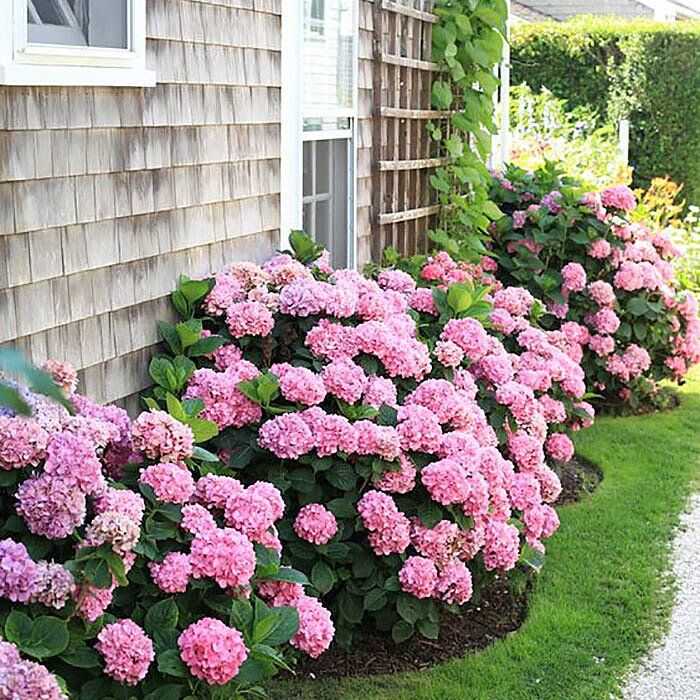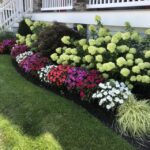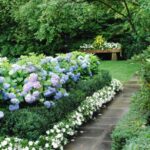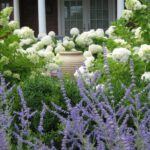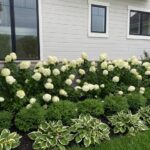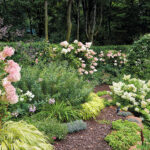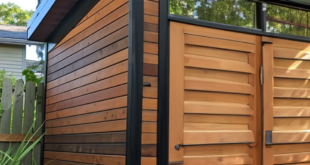Hydrangeas are popular plants for landscaping due to their beautiful and colorful blooms, as well as their ability to thrive in a variety of environments. With proper care and maintenance, hydrangeas can add a pop of color and interest to any garden or yard. Here are some tips for landscaping with hydrangeas to help you achieve a stunning outdoor space.
When it comes to choosing hydrangeas for landscaping, it’s important to consider the variety of hydrangea that will best suit your needs. There are several different types of hydrangeas, each with their own unique characteristics and requirements. For example, mophead hydrangeas are known for their large, round flower clusters, while lacecap hydrangeas have flat flower heads with a ring of larger flowers around the edge. Consider the size of your garden, the amount of sunlight it receives, and the overall aesthetic you’re trying to achieve when selecting hydrangeas for landscaping.
Hydrangeas thrive in well-drained soil that is rich in organic matter. Make sure to plant hydrangeas in an area that receives partial shade, especially in hot climates, to prevent the flowers from wilting. Water your hydrangeas regularly, especially during dry periods, and mulch around the base of the plant to help retain moisture and suppress weeds. Additionally, pruning hydrangeas in the late winter or early spring can help promote healthy growth and abundant blooms.
One of the most striking features of hydrangeas is their ability to change color depending on the pH level of the soil. In acidic soil, hydrangeas will produce blue blooms, while in alkaline soil, they will produce pink blooms. To manipulate the color of your hydrangeas, you can add aluminum sulfate to the soil to increase acidity or lime to increase alkalinity. This can be a fun way to experiment with different color schemes in your landscaping design.
Hydrangeas can be incorporated into landscaping in a variety of ways, from creating borders and hedges to adding pops of color to mixed flower beds. Consider planting hydrangeas in groups or clusters to create visual impact, or mix them with other plants with complementary colors and textures for a more eclectic look. You can also use hydrangeas in containers or as focal points in your garden to draw the eye and create a sense of balance and harmony in your outdoor space.
Overall, landscaping with hydrangeas can add beauty and charm to your garden or yard, whether you’re aiming for a formal, structured look or a more relaxed, natural feel. By choosing the right variety of hydrangea, providing proper care and maintenance, and incorporating them creatively into your landscaping design, you can enjoy the stunning beauty of these versatile plants year after year. With a little planning and effort, you can create a landscape that showcases the unique beauty of hydrangeas and enhances the overall aesthetic of your outdoor space.
